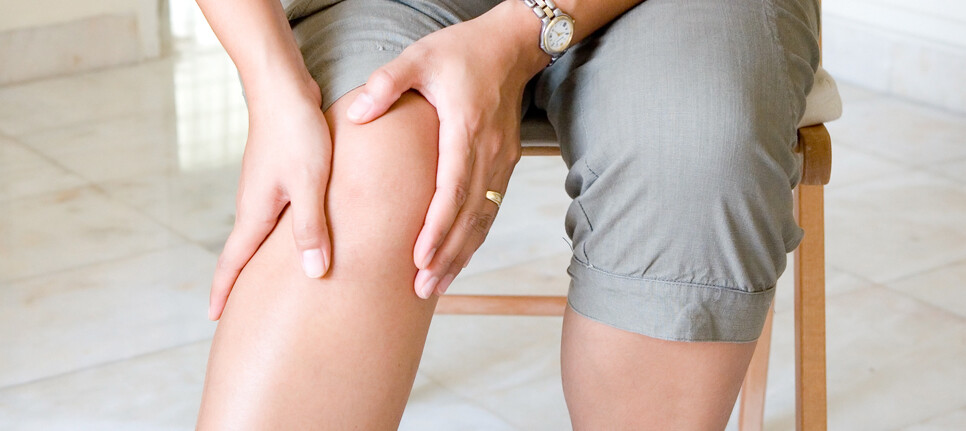What's Behind Your Behind-Your-Knee Pain?

Just as car oil lubricates the components of an engine, our knee is lubricated by fluid that allows the joint to bend and move easily. Injury or illness can disrupt this lubrication system and cause too much joint fluid to be pumped into a small sac behind the knee. Known as a Baker’s cyst, this lump is often mistaken for something more serious.
“Most often we see Baker’s cysts when a doctor has suspected a blood clot and orders an ultrasound,” says Jeff Bytomski, DO, a sports medicine specialist with Duke Orthopaedics. “The radiologist reads the scan and discovers a Baker’s cyst instead.” Treating the cyst is not important if there are no symptoms and they rarely cause further problems. Most of the time we tell patients not to worry about it,” he says.
In some cases, however, this buildup of fluid may occur along with a problem in the knee joint and can cause pain and stiffness “If it’s causing pain, it’s most likely due to previous damage, such as arthritis, a torn meniscus, or other damage to the joint,” says Dr. Bytomski. “In these cases, we try to treat the initial injury or illness rather than focusing on the cyst itself. The worst-case scenario is that rarely they can rupture, and that would cause pain, swelling, and bruising in the calf that will go away with rest, ice, and an ACE type wrap over a few weeks."
How to Treat Baker's Cyst
Although it’s not typically necessary, draining the cyst under ultrasound guidance or treating it with surgery is sometimes required, he notes. Baker’s cysts can usually be treated by resting the knee, applying ice packs, and taking NSAID pain relievers such as aspirin, ibuprofen, or naproxen. If the pain is particularly bad, your doctor may suggest a joint injection to treat the underlying illness or injury.




